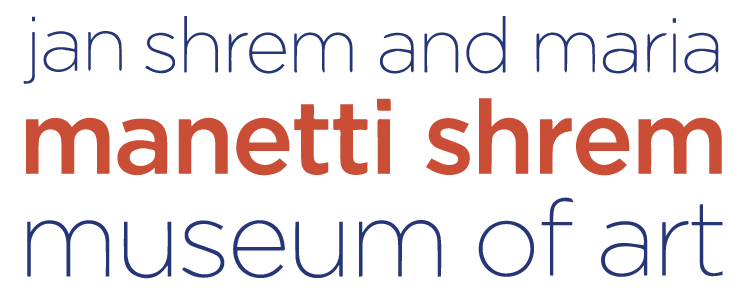Poonam Vaya and Zachary Scovel are PhD candidates in the French and Italian department of UC Davis, specializing in 19th- and 20th-century French and Francophone literature. Their research interests intersect with their love for the gothic and the fantastique, as they delve into questions related to “le mal” of the fin-de-siècle, i.e., representations of the restless/discontented “self” that manifests an inner turmoil and chaos.

Le Mort-Vivant
Our research questions predominantly arise from representations of liminal bodies in 19th-century French culture. We seek to examine corporeal representations and the invisible rupture that bares the cataleptic violence in the body — particularly a woman’s body. Violence which refers to the pain in stasis — that is imperceptible but palpable, coursing through a “seemingly” dead body. The term mort-vivant traces this torturous paradox of liminality – i.e., suspended in a space between the living and dead. While such terms facilitate the acceptance of gothic and folkloric revenants as occupants of this space, they may also aid in engaging with a sensorial understanding of corporeality, as depicted in some literary works. In this exhibit, we offer a glimpse into the liminal paradox through the figures of hysteria or the trope of hysterical woman and vampiric female.
The goal of this exhibit is to manifest our research questions with images in conjunction with literary excerpts, which are read aloud. Similar to the ways in which doctors in the Salpêtrière presented the hysterical woman to a crowd of medical students to examine her body, and to those of the priests in tales of the vampiric who exhume the body of a suspected revenant, you, the spectator of our work, are invited to make your own interpretation of a body – dead or alive. What would be your interpretation of death, be it in a physical or a metaphysical sense? Can there exist, in your view, a liminal state of life and death (a state of in-between), or are there only definite and oppositional characteristics for these notions?
Afterward, please feel free to write your observations, post images or citations to express your thoughts about the notions discussed above.
The Hysterical Body
What comes to mind when one thinks, reads or writes of suffocation? An image or an emotion? How to portray the experience of choking, that moment of betwixt and between when a being seems to be suspended somewhere between breathing and lifeless? A representation of this phenomenon appears mostly in the form of bodily symptoms, that is, in order to capture or simulate it aesthetically, one displaces the internal experience or affect of asphyxiation onto the body – be it the hands of a subject violently crushing the life of another being, or in the mute semiotics of choked speech, seizures, stupor that silently recount a trauma. The figure of asphyxiation would thus evoke a state of quasi-death caused by the painful invasion of an invisible “other” that terrorizes and eclipses the agency of the “self,” resulting in internal fracture that may be obscure to a rational observer. The “chair” – the flesh then acts as the metonymical and allegorical expression of the intangible figure of pain. My interest and focus are to observe and interrogate the rupture that bares the cataleptic violence in the hysterical body by examining Emile Zola’s Thérèse Raquin alongside the image of the woman suffering from hysteria. By violence I refer to the pain that is imperceptible but palpable, coursing through a “seemingly” dead body, one that I am inclined to call the mort-vivant to underscore the paradox of being suspended between the living and dead.
The Vampiric Body
The examination of the vampiric body necessitates an interrogation on the notions of life and death and the characteristics that are normally associated with both of these states of being. Terms frequently used to describe the corporeality of the vampiric (such as the undead, or revenants) often render the notions of life and death oppositional. To characterize vampire figures as such presents a mutually exclusive framework that the absence of life is death, or that death comes only after life. However, literary vampires are usually depicted as a liminal corporeality, both life and death manifested in a singular body. This causes a rupture for the observer, a state of confusion, bewilderment, and even fear. Afterall, the supposed return from death commits violence against our modern scientific understanding of the notions of life and death, and forces us to question whether or not life and death existed as binary oppositions to begin with. Indeed, how does a body elicit life? What are characteristics that render a body dead? Are there such determinable characteristics for each that an observer can definitively and undoubtedly qualify a body as one or the other, or does vampiric corporeality cast a fearful doubt that these two notions were ever separate to begin with?
Please feel free to write your observations, post images or citations to express your thoughts about the notions discussed above in the following link.
